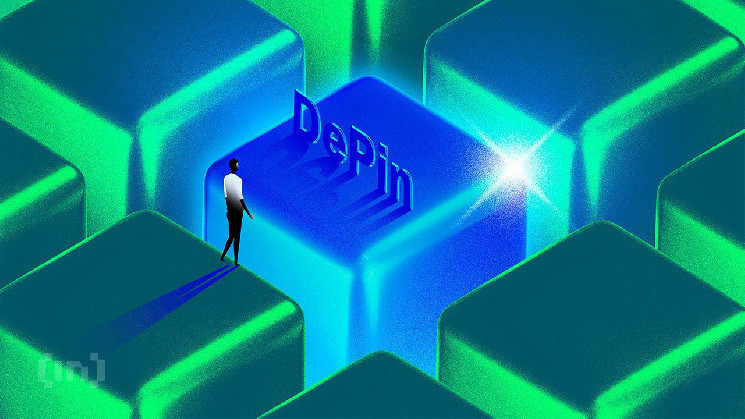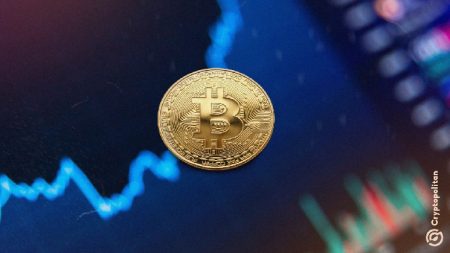The Rise of Decentralized Telecommunications: Empowering Communities Through DePINs
The Challenges of Traditional Telecommunications
The telecommunications industry is at a crossroads, grappling with escalating costs, limited rural coverage, and the need for constant infrastructure upgrades. These challenges have left many customers seeking alternative connectivity solutions that are both reliable and affordable. Traditional telecommunications companies, often reliant on centralized and capital-intensive infrastructure, have struggled to meet the growing demand for equitable internet access. This has created an environment where decentralized solutions, such as Decentralized Physical Infrastructure Networks (DePINs), are gaining traction. By leveraging blockchain technology, DePINs aim to democratize internet access, offering a more cost-effective and community-driven alternative to traditional telecom models.
The Rise of DePIN Networks
DePINs represent a paradigm shift in how communication networks operate. Unlike traditional telecom systems, which are heavily reliant on centralized infrastructure managed by governments or large corporations, DePINs harness the power of decentralization and community participation. These networks utilize distributed ledgers and token incentives to build and maintain a decentralized infrastructure. Service providers are rewarded with tokens for their contributions, with smart contracts automating transactions and managing rewards. This model not only reduces costs but also allows for dynamic scaling as more participants join the network. As Ayush Ranjan, Co-Founder & CEO of Huddle01, explained, DePINs are highly economical because they leverage underutilized resources like bandwidth and storage from everyday users, making them a game-changer in the telecom industry.
A Promising Future for Decentralized Telecommunications
The growth of DePINs has been nothing short of remarkable. According to a Messari report, DePIN revenue skyrocketed to over $500 million in 2024, marking a 100x increase from 2022. The number of active DePIN projects nearly doubled last year, with DePIN tokens now representing 5% of the total cryptocurrency market cap. Over 13 million devices worldwide contribute to DePIN operations daily, signaling strong market adoption. Industry experts are optimistic about the future, with some predicting that DePINs could outgrow centralized networks like Google, Microsoft, and Facebook by 100s, if not 1000x, in the next 15 years. This growth reflects a broader shift towards more inclusive and equitable internet connectivity, with DePINs leading the charge.
Challenges in Traditional Telecom Models
Traditional centralized telecom models are expensive, slow to expand, and often fail to provide equal access to connectivity. A few major companies control the infrastructure, allowing them to maintain high prices and limit competition. Expanding coverage to rural and remote areas requires significant investment and time, leaving many communities underserved. This inequality became particularly apparent during the pandemic, when remote schooling highlighted the connectivity struggles of rural areas. Centralized systems also pose significant security risks, as data stored in a single location creates a vulnerable point of failure. The 2023 AT&T hack, which exposed data for 73 million customers, is a stark reminder of these vulnerabilities. Given these limitations, DePINs are emerging as a formidable alternative to traditional telecom models.
Empowering Communities Through DePINs
DePINs empower communities by decentralizing internet access and democratizing critical infrastructure. By allowing individuals to set up their own hotspots or internet service providers (ISPs), DePINs facilitate the creation of small, localized networks that others can access. Users pay for bandwidth, while providers receive direct payments, creating a mutually beneficial ecosystem. Projects like Helium Mobile, DAWN, and WiFi Map are leading the way by tokenizing internet access and encouraging active participation from both service providers and consumers. As Kyle Okatomo, Chief Technology Officer at Aethir, noted, DePINs expand internet access by moving beyond the limitations of traditional centralized models, offering a more flexible, cost-effective, and widely accessible alternative to connectivity.
Addressing Regulation in the DePIN Sector
As DePIN projects gain momentum, regulation has become a critical issue. Clear regulations that encourage investment and security are essential for fostering growth within the DePIN ecosystem. However, the recent lawsuit against Helium Network by the SEC highlights the need for thoughtful implementation of these regulations. Industry experts emphasize the importance of open dialogue between regulators and DePIN leaders, as one-sided conversations have hindered innovation in the past. Addressing concerns around tokenomics, data privacy, and infrastructure deployment will be crucial for building trust and stability in the sector.
The future of DePINs extends far beyond telecommunications, with applications in energy grids, supply chain logistics, identity solutions, and even artificial intelligence. If DePINs can overcome their current hurdles, including scalability, efficiency, and regulatory challenges, they could usher in a new era of decentralized innovation, benefiting individuals and communities worldwide.















